State-of-the-art prevention and control tools for high-quality water
Focus
Focus
Category Facet
Custom Facet
Search Results
-
Web Content Article · By Giulia Lo Faro On Nov 7, 2025 11:57 AM
Technological solutions that leverage artificial intelligence, data analytics and remote monitoring systems to make our distribution infrastructure more efficient and safer.
Innovation Categories: Remote Control AI & Process automation -
Web Content Article On Aug 4, 2020 5:02 PM
Thanks to robotics and artificial intelligence, we can streamline our workflows and enhance the value of people and their intellectual capabilities. With the Robotic & Intelligent Process...
-
Web Content Article On Aug 4, 2020 4:15 PM
Our 300,000 bins can “talk”. How? Thanks to a tag that allows us to always know where they are, how they are working, and whether they have been emptied. Discover more about HergoAmbiente, the Hera...
Asset Publisher
A revolution rooted in the circular economy: thanks to separate waste collection, organic waste is fed into an anaerobic digestion process to produce biogas.
Biomethane: a clean resource of biological origin
So, what makes this source of methane “bio”? Quite simply, it’s how it is produced: not by drilling into deep underground deposits, but by fermenting organic waste in dedicated facilities. Biomethane can be produced continuously, it is inexhaustible, and production can be increased simply by building more plants. This makes it one of the clearest examples of a circular economy.
In Spilamberto, a biodigester converted into a biomethane plant
An innovative plant for the production of biomethane is in operation in Spilamberto, in the province of Modena. It was developed by the NewCo Biorg, a joint venture between the Hera Group and Inalca (Cremonini Group), through a total investment of around €28 million and the use of the best available technologies.
Starting from separately collected organic waste and agri-food effluents, the plant – the result of converting an old biodigester – produces, at full capacity, 3.7 million cubic metres of biomethane per year, a 100% renewable fuel intended for transport, and around 18,000 tonnes of compost.
A cutting-edge plant for the energy transition and the circular economy
The 100% renewable natural gas is produced through anaerobic digestion of organic waste from separate collection carried out mainly in Modena and the province, along with waste from local agri-food processing and meat production by Inalca. Once refined, it becomes biomethane and can be fed into the gas network.
Significant environmental benefits: around 7,000 tonnes of CO₂ avoided
Thanks to the injection of biomethane into the network and its use in transport, significant environmental benefits are expected. Every year, around 3,000 tonnes of oil equivalent (TOE) in fossil fuels are saved, and approximately 7,000 tonnes of CO₂ emissions are avoided. Absorbing such an amount of CO₂ would require, on average, 280,000 trees.
What happens in our plant in Sant'Agata
Organic waste, collected through separate waste collection, undergoes anaerobic digestion to produce biogas. This is how the process works: the waste is shredded and screened, then remains for about 21 days in four horizontal digesters, where suitable microorganisms carry out the digestion process and produce biogas (composed of methane and carbon dioxide). After this, the biogas undergoes an upgrading, or purification, phase using pressurised water: the carbon dioxide dissolves and separates from the methane. The result is biomethane, a gas with a methane content above 95%, and a completely renewable source of energy. Not only that: at the end of the digestion process, lignocellulosic material is added to the outgoing solid fraction, producing a compact mass that then undergoes composting to create high-quality compost, which can be used as potting soil or agricultural fertiliser.
Biomethane is therefore another revolution rooted in the circular economy, one that we at Hera Group are committed to advancing. We do all this with the goal of creating shared value, as Andrea Ramonda, CEO of Herambiente, emphasises: “The direction we have taken looks towards the industrial sector with an increasing focus to creating shared value and partnerships. We are aware that sustainable waste management, focused on recovery and in full compliance with regulations, is essential in today’s world and generates benefits for the entire community.”
Working together for a circular city
At Hera Group, we have joined forces with Bologna Airport and Tper to launch a circular economy project that contributes to decarbonising urban mobility and improving air quality.
What does this partnership involve? The Airport delivers its organic waste to Hera, which collects it at the Sant'Agata Bolognese plant together with similar waste produced by citizens and transforms it into biomethane that Tper purchases to feed the fuel tanks of a significant part of its bus fleet.
This is an important step forward for our Group and for two major organisations in our area, which, like us, serve hundreds of thousands of people. We share a commitment to improvement and sustainability, in line with the UN 2030 Agenda.

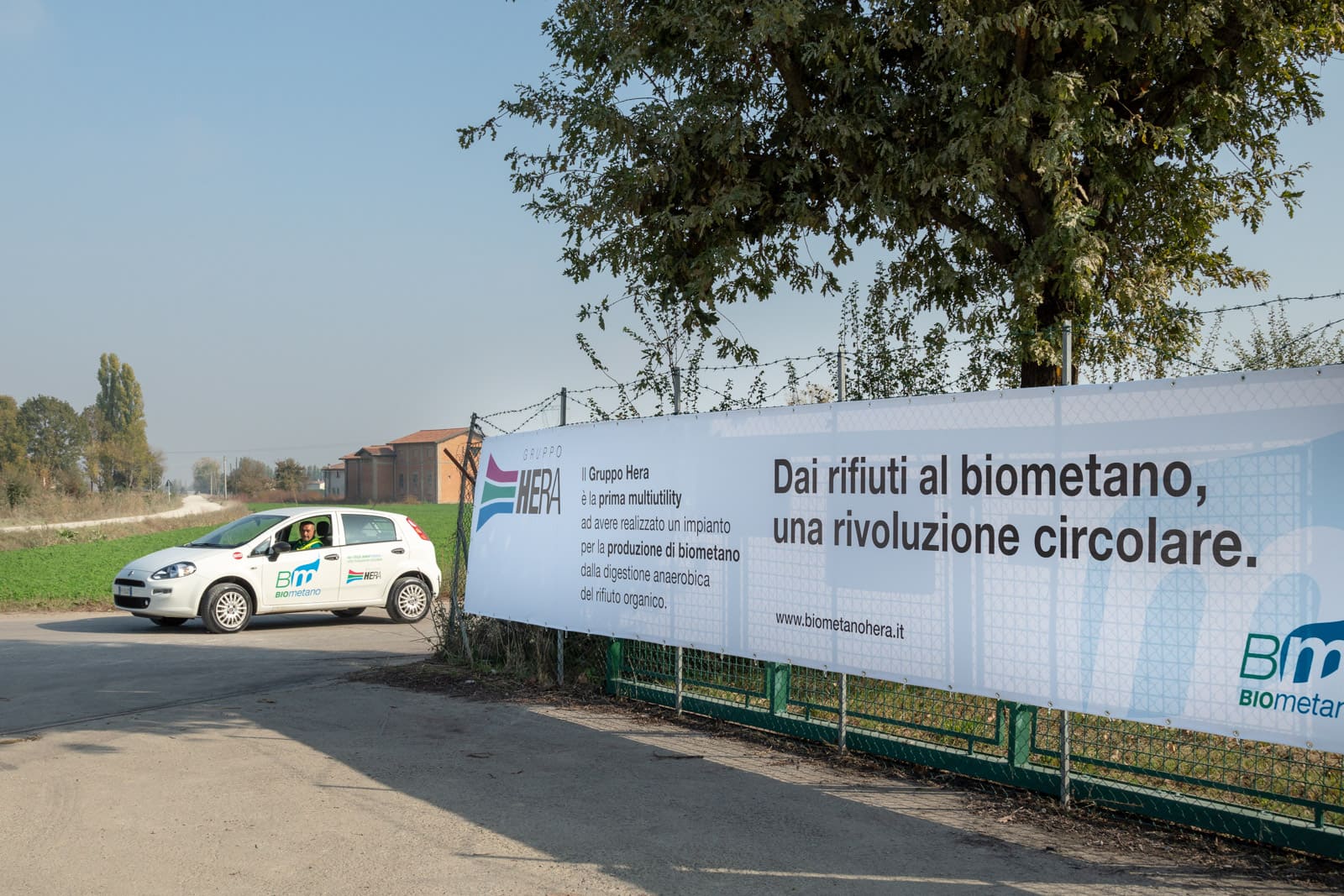
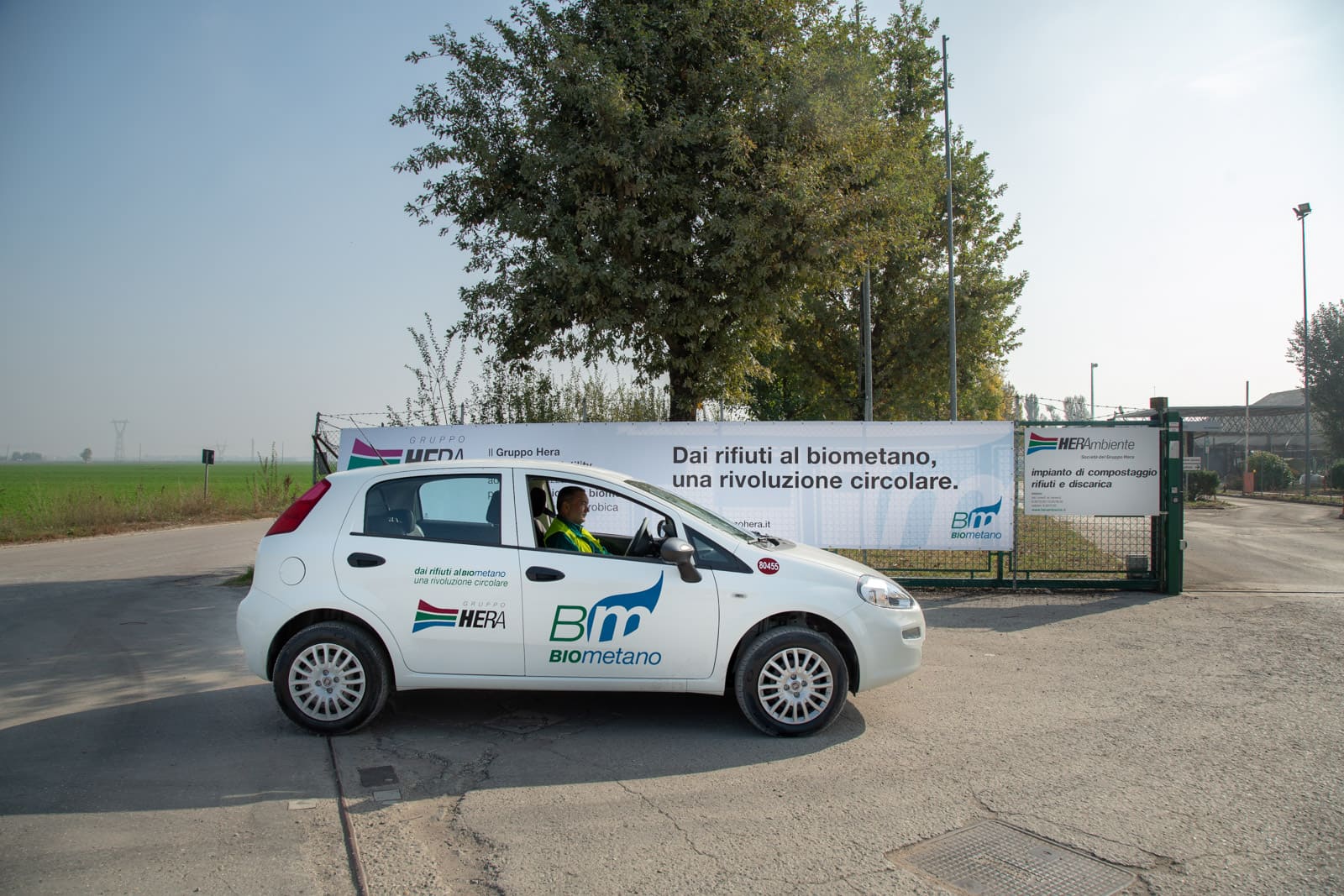
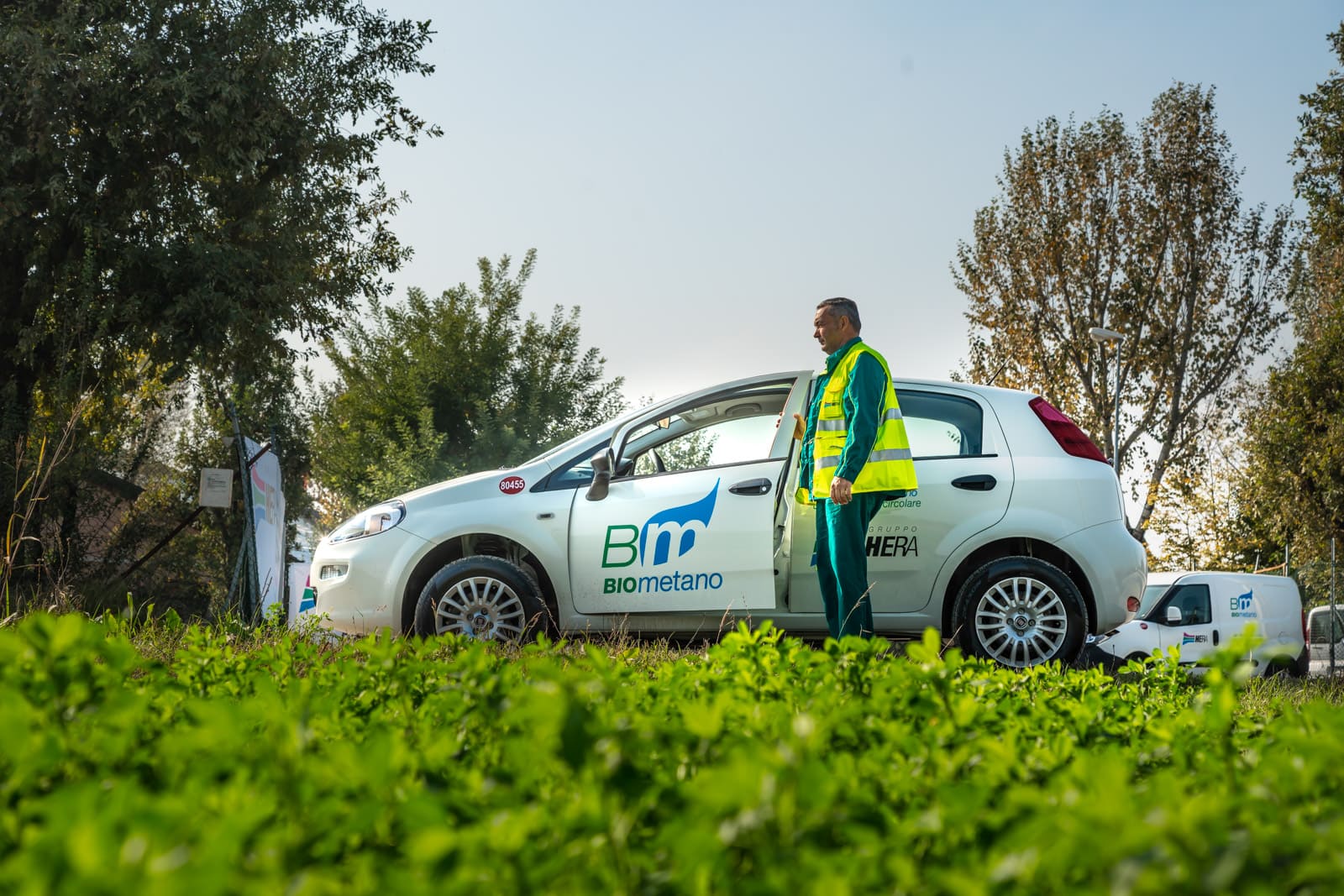



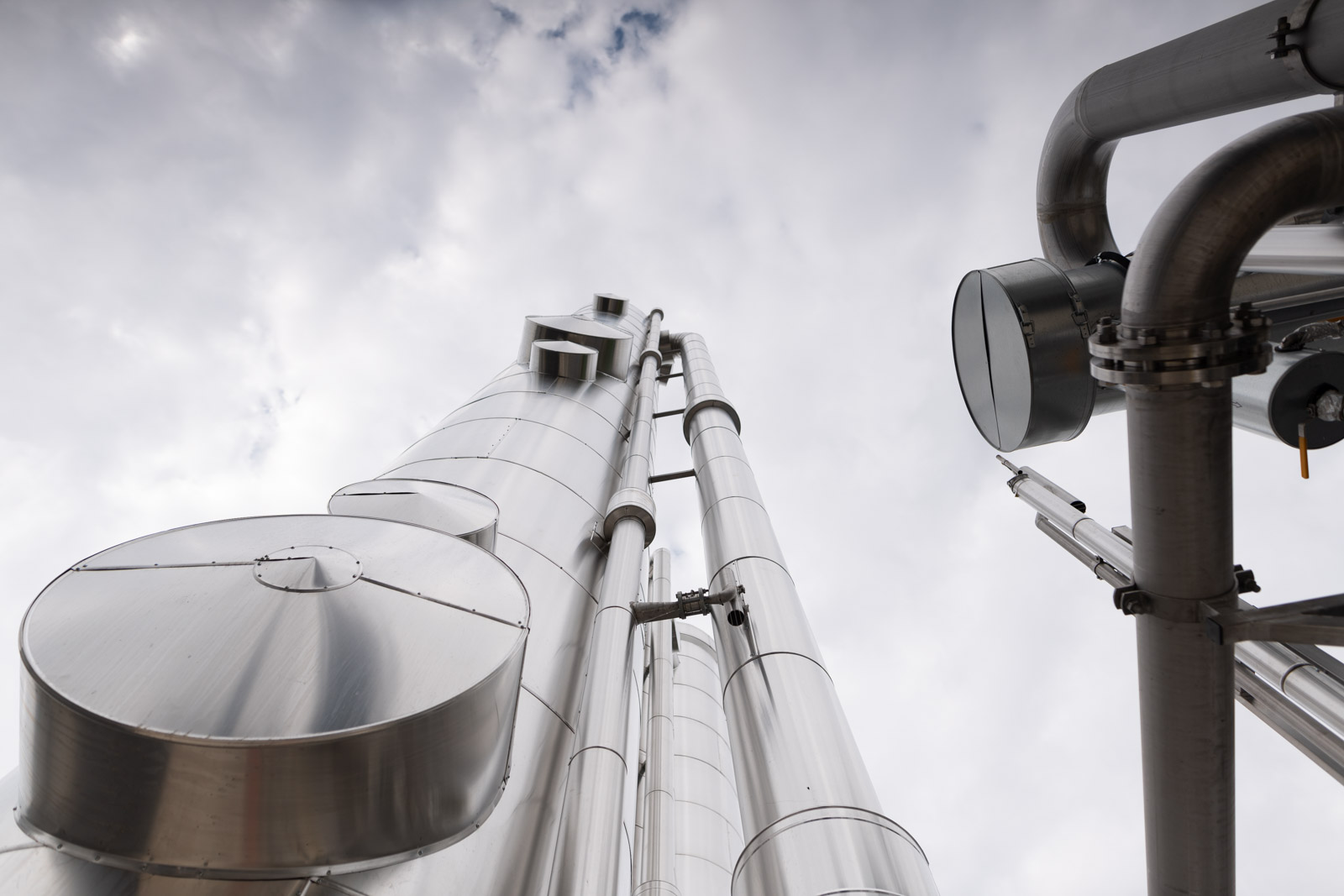
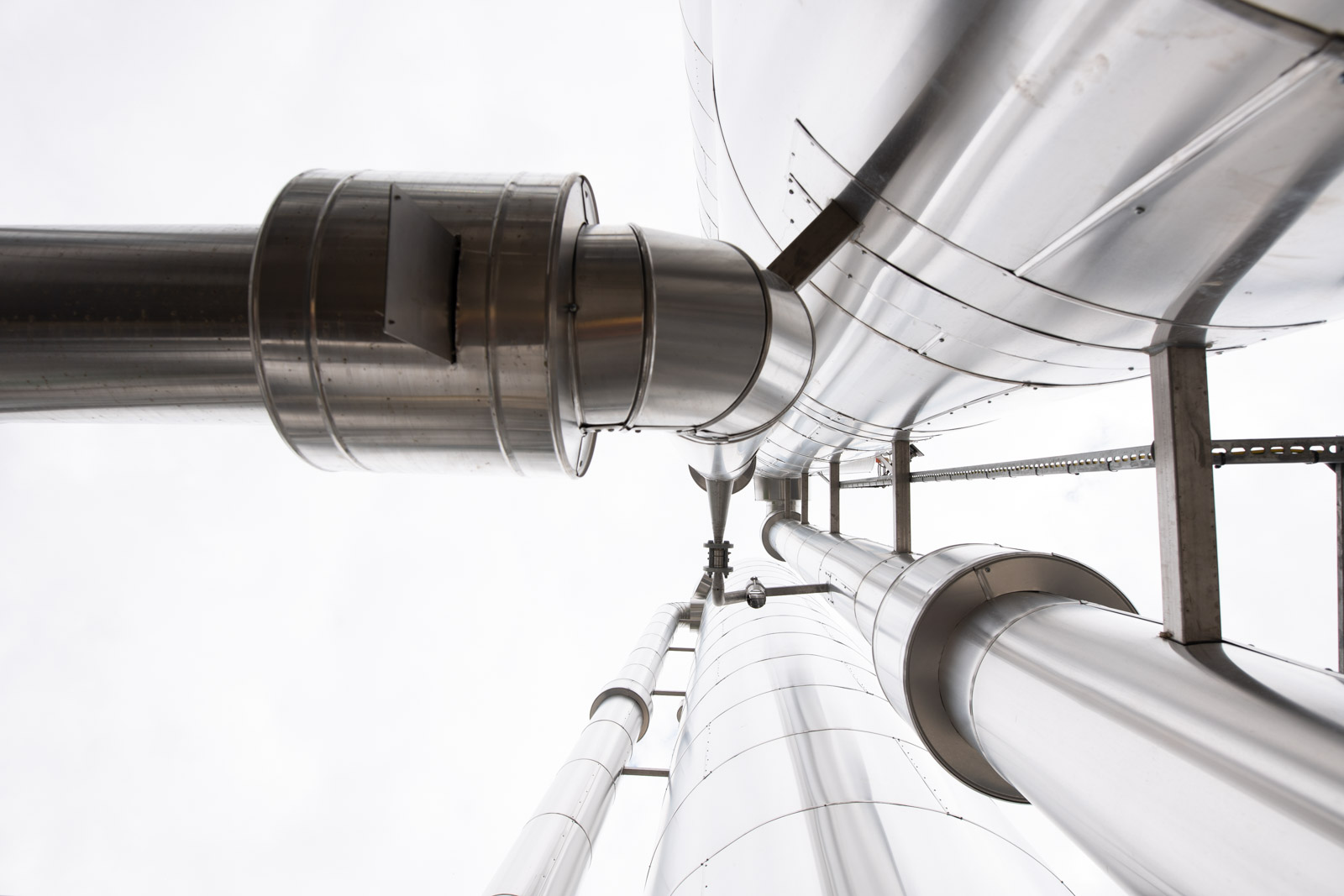
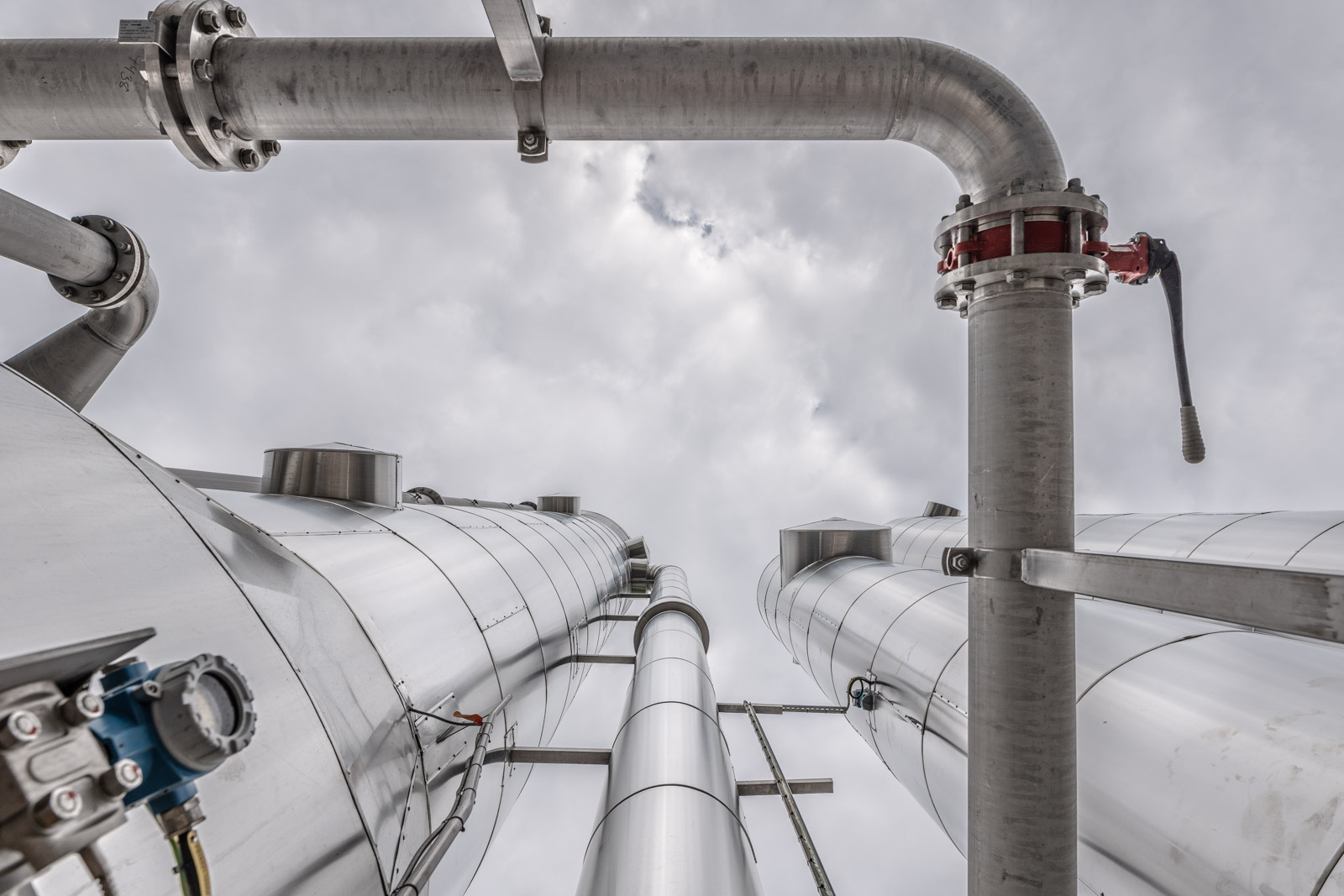
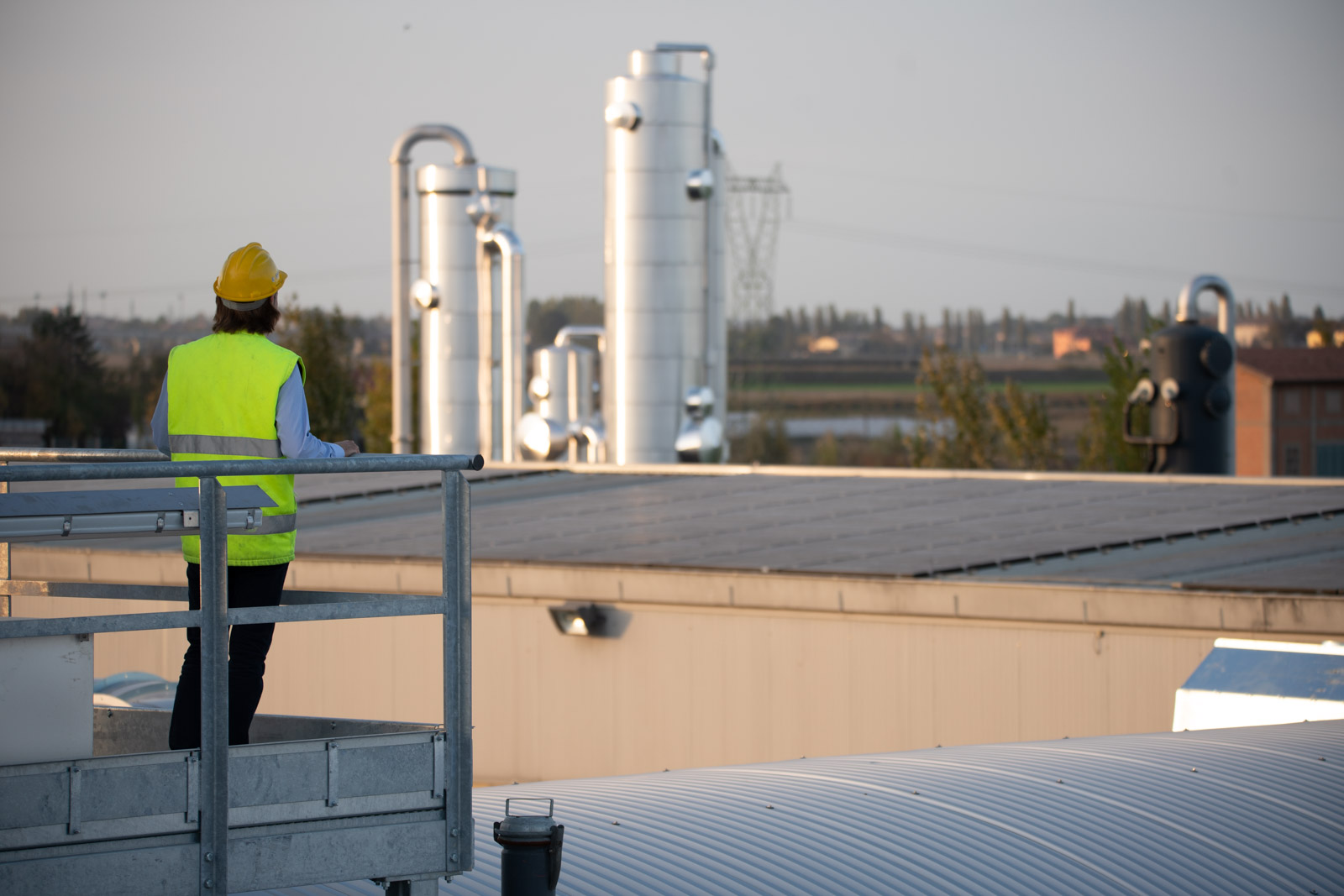


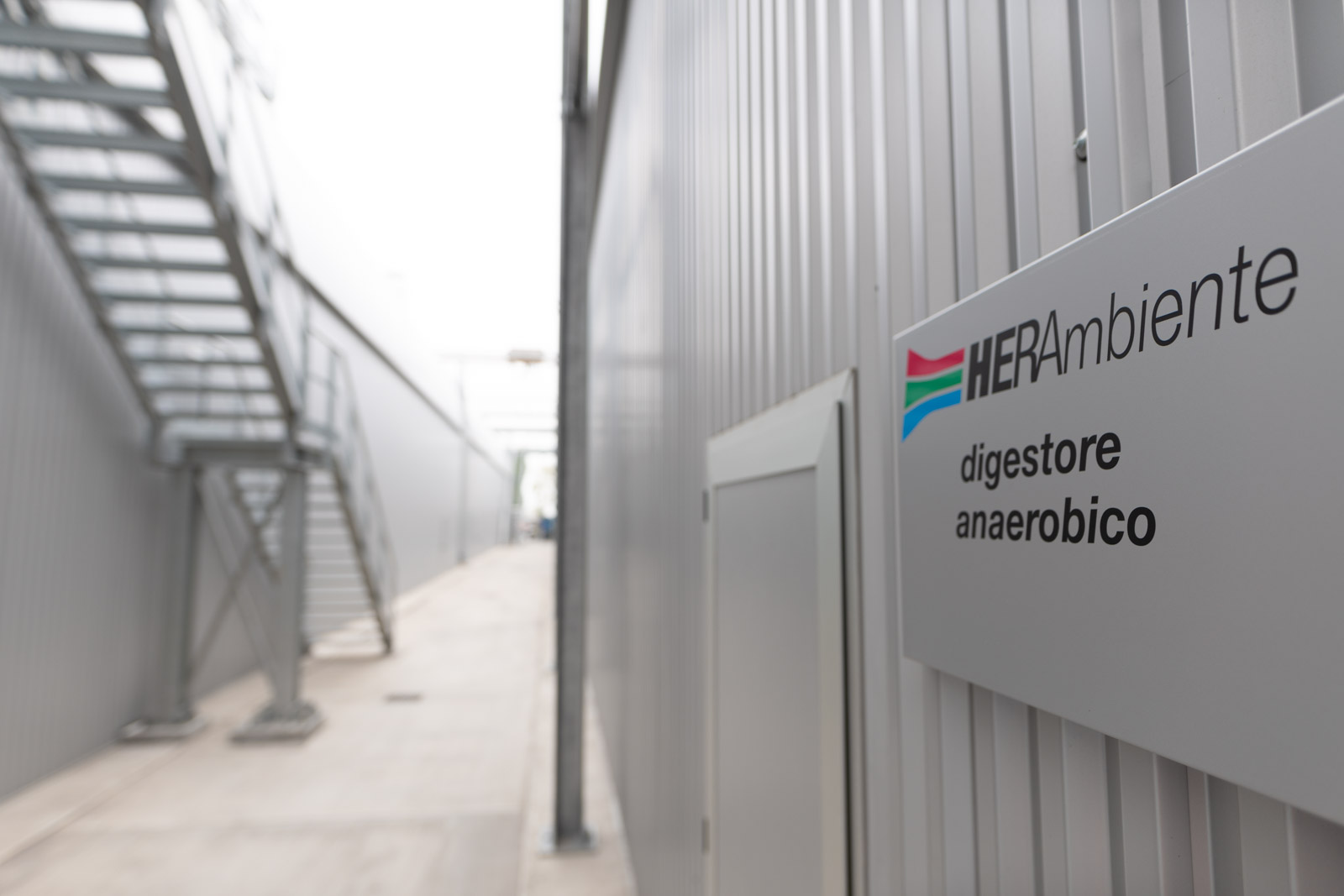
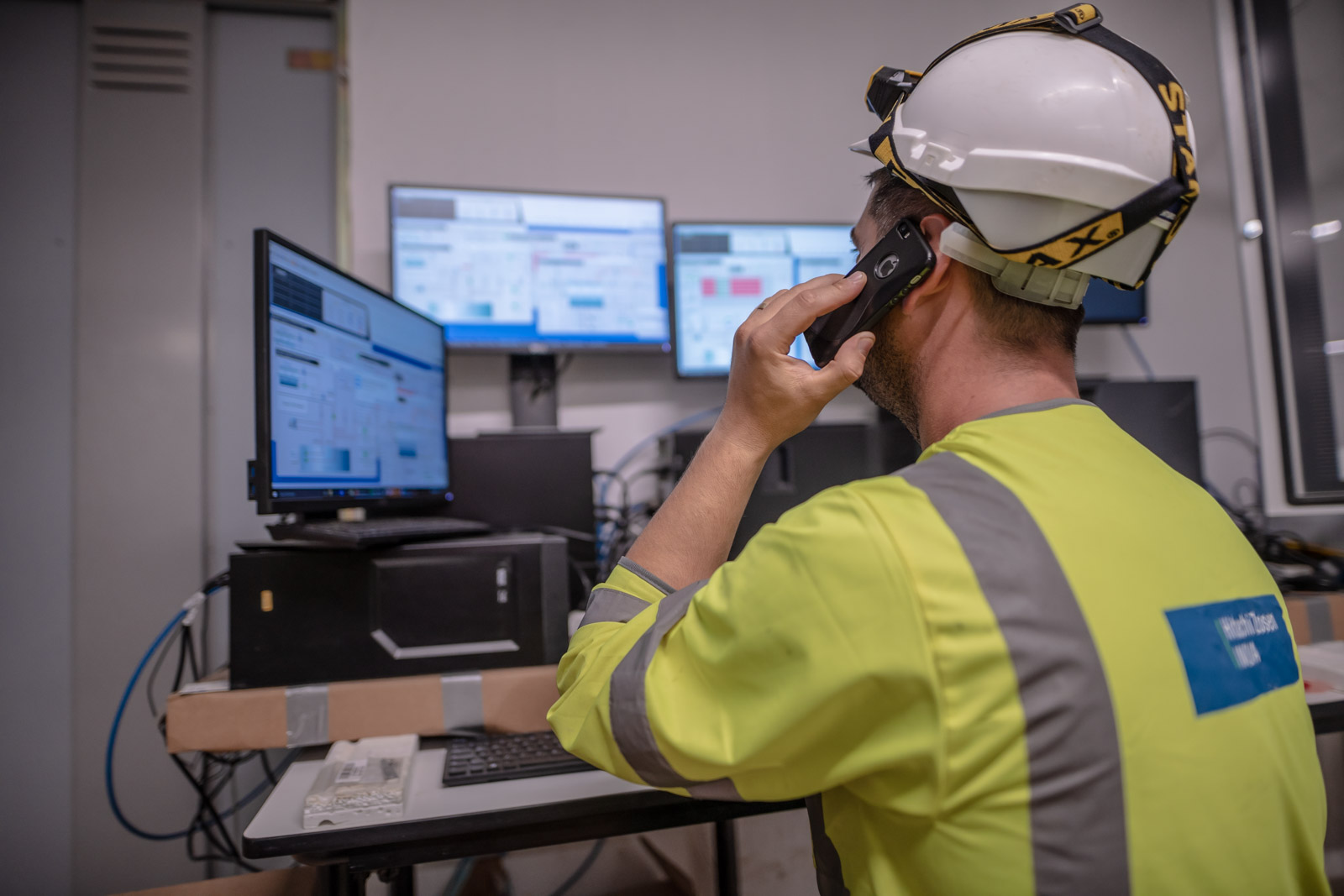
Search Bar
Tag Facet
Search Results
Asset Publisher
State-of-the-art prevention and control tools for high-quality water
Early warning system with innovative FingerPrint technology to ensure safe water
Around 10,000 new substances are constantly being released into the environment. To ensure the quality of the water distributed, we need to intercept potentially polluting substances contained in the raw water we take from the source, and prevent them from entering our drinking water systems.
How? Through an early warning system which, thanks to the use of innovative tools, makes it possible to develop preventive control of the quality of water in the network, and to anticipate critical issues and management problems.
Early warning: how does it work?
Water can be identified by creating a typical digital imprint, the FingerPrint, built on a specific template.
Basically, UV-visible spectrophotometric analysis technology is used to make a “scan” of water, i.e. a kind of characteristic digital image, creating a spectrum associated with various organic substances.
The model acquires the “fingerprint” of the monitored water and uniquely identifies it. When the water taken from the source has a “fingerprint” that is not recognised, the system triggers an alarm and further checks are carried out.
This technology is particularly fast, allowing a water scan in less than two minutes.
In addition, the system is very useful because it allows us to interrupt the withdrawal of water resources until the pollution has “passed”, or the reliability of the reported alert has been verified, thus guaranteeing high levels of safety of the water within the network.
This innovative monitoring system was first applied in Bubano, near Imola, and later at the Val di Setta drinking water treatment plant in Bologna, which draws water from surface springs of the Reno and Setta rivers.
Creating shared value report 2024



